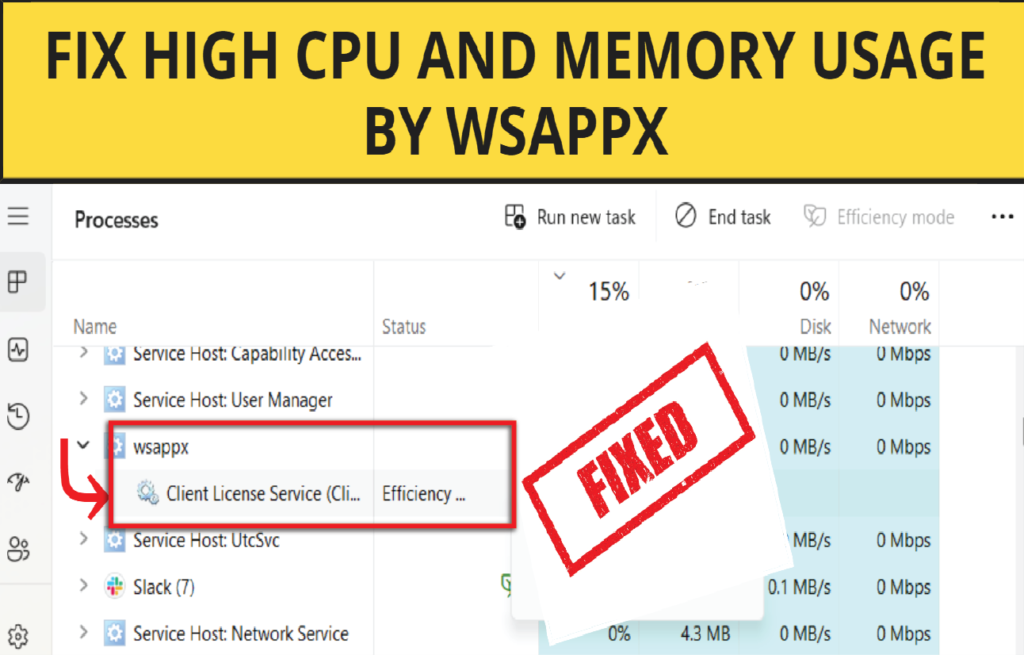Struggling with WSL Register Distribution Error 0x80370102? Learn how to fix it step-by-step with solutions like enabling virtualization, turning on Hyper-V, and more. Get WSL working smoothly on your Windows 10/11 system!
Many people ask about installing a Linux distribution on your Windows machine using WSL only to get smacked with the dreaded error code 0x80370102. Frustrating, right?

Don’t worry—you’re not alone, and even better, you’ve come to the right place! This error usually means that your system isn’t ready to run WSL properly due to a disabled or missing feature. In this guide, we’ll walk you through easy, step-by-step fixes to get your WSL up and running.
What’s Causing This Error?
The WSL Register Distribution Error 0x80370102 typically pops up when your system’s virtualization settings aren’t configured correctly. Here are the most common culprits:
- Virtualization is turned off in BIOS/UEFI.
- Hyper-V is disabled on your system.
- Conflicts with Virtualization-Based Security (VBS).
- WSL isn’t installed correctly.
Now, let’s go through the fixes one by one!
Fix #1: Enable Hardware Virtualization in BIOS
This is the most common fix, especially if you’re seeing this error while trying to run Ubuntu or other distributions in WSL.
Here’s how to do it:
- Restart your PC.
- As your screen goes black, quickly press the BIOS key (usually Del, Esc, F1, F2, or F4—depends on your system).
- Navigate to the CPU configuration or Processor settings.
- Find Virtualization settings (look for terms like Intel VT-x, AMD-V, SVM, Hyper-V, etc.) and enable it.
- Save and exit BIOS.

Enable Hardware Virtualization in BIOS - Your system will reboot. Open Task Manager > Performance tab to confirm that Virtualization is now enabled.
If the error’s still there, don’t worry—try the next fix!
Fix #2: Turn On Hyper-V in Windows
Hyper-V is Microsoft’s own virtualization platform, and it plays a big role in making WSL (especially WSL2) work smoothly. If it’s turned off, WSL won’t function as expected.
Here’s how to turn it on:
- Click Start, search for Control Panel, and open it.
- Navigate to Programs > Programs and Features.
- On the left-hand side, click Turn Windows features on or off.
- In the list that appears, find and check the box for Hyper-V.
- Click OK, and once it’s done making changes, restart your computer.

Enable the Hyper-V Feature
That’s it! Give WSL another try. If the error sticks around, don’t worry—there’s another solution below that might do the trick.
Fix #3: Let’s Turn On Nested Virtualization & Give Your VM a RAM Boost
Still stuck with the WSL error while using a virtual machine? No stress—we’ve got one more solid trick to try: Nested Virtualization. It basically lets your virtual machine pretend to be a host, so it can run WSL properly. Kinda like giving it a permission slip!
Here’s how to do it (super simple, promise):
- First things first, turn off your virtual machine using Hyper-V Manager.
- Press Win + X and click on Windows PowerShell (Admin).
In the PowerShell window, type (or copy-paste) this command: powershell CopyEdit Set-VMProcessor <VMName> -ExposeVirtualizationExtensions $true
- 👉 Just be sure to replace <VMName> with your actual VM’s name (you can find it in Hyper-V Manager).
- Hit Enter to run the command.
- Now go back to Hyper-V Manager, right-click your VM, and hit Settings.
- Click on Memory in the left-hand menu.
- Uncheck the box that says Enable Dynamic Memory—we want your VM to get a steady amount of RAM.
- Double the RAM amount you were using. For example, if it was 2048 MB, go for 4096 MB (or more if you can spare it).
Fix #4: Try Using WSL 1 First (Then Upgrade Later)
Sometimes WSL 2 can be a bit fussy depending on your setup. If you’re stuck, an easy workaround is to start with WSL 1, get things up and running, then switch to WSL 2 later once everything’s stable.
Here’s what to do:
- Open PowerShell as Admin
Press Win + X and click on Windows PowerShell (Admin).
Set WSL 1 as the default version Type this command and hit Enter: powershell wsl --set-default-version 1
- Install your Linux distro
Try installing Ubuntu (or whichever one you like). It should go through now without any errors.
(Optional) Upgrade to WSL 2 Once everything’s working smoothly, you can switch to WSL 2 using this command: powershell CopyEdit wsl --set-version <DistroName> 2
- Replace <DistroName> with the name of your installed Linux distro (e.g., Ubuntu).
This little trick helps sidestep the error and lets you upgrade later on your own terms!
Fix #5: Restart the WSL Service (a.k.a. LxssManager)
If WSL is acting up, sometimes all it needs is a quick service restart. There’s a background service called LxssManager that handles WSL—you can think of it like the WSL traffic cop. If it’s stuck, everything else gets stuck too.
Here’s how to give it a fresh start:
- Open Services
Press Win + R, type services.msc, and hit Enter.
- Find “LxssManager” in the list.
- Right-click and choose “Restart”
Give it a few seconds—and that’s it!
After restarting the service, go ahead and try launching your Linux distro again. You might be surprised how often this quick refresh fixes things.
Conclusion – WSL Register Distribution Error 0x80370102
The WSL 0x80370102 error can be frustrating, but it’s usually nothing more than a system setting or feature that needs tweaking. By enabling virtualization in BIOS, turning on Hyper-V, or adjusting settings for nested virtualization, you should be back on track in no time.
Happy coding! 🐧💻
FAQs – WSL Register Distribution Error 0x80370102
Q: How do I know if my PC supports virtualization?
A: Open Task Manager, go to the Performance tab, and look for “Virtualization” in the lower-right section. If it says “Enabled,” you’re good to go.
Q: Do I need Hyper-V for WSL2 to work?
A: Yes! WSL2 relies on Hyper-V components, so it needs to be enabled even if you’re not using Hyper-V directly.
Q: I followed all steps, but it still doesn’t work. What now?
A: Make sure your system is fully updated (Windows Update), and consider reinstalling WSL using the command:
css
CopyEdit
wsl --unregister <DistroName>
Then re-install the distribution from the Microsoft Store.


